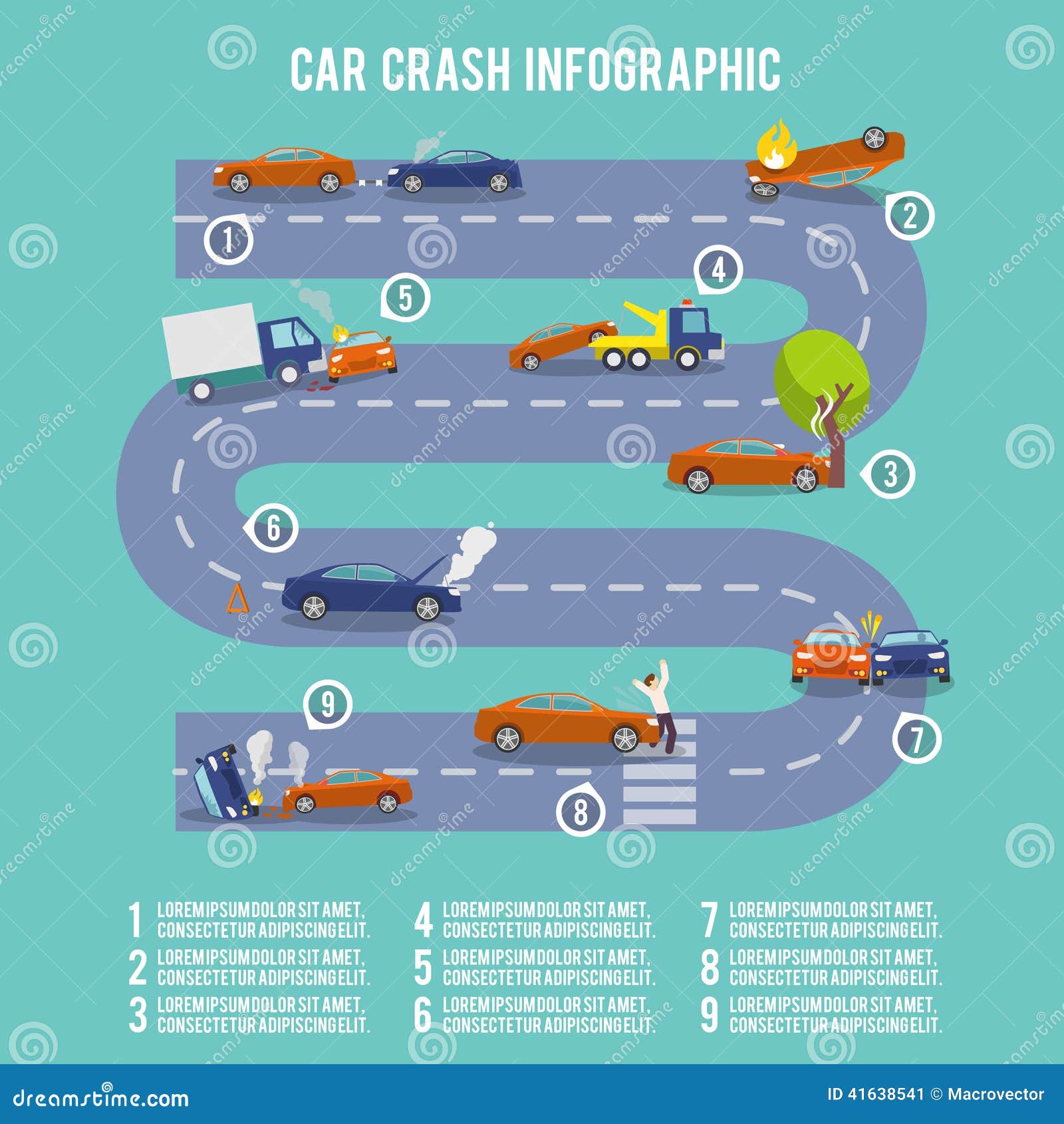Intrigued In Recognizing The Caution Lights On Your Cars And Truck'S Dashboard? Discover Their Relevance For Your Car'S Safety And General Condition
Intrigued In Recognizing The Caution Lights On Your Cars And Truck'S Dashboard? Discover Their Relevance For Your Car'S Safety And General Condition
Blog Article
Created By-Faulkner Alvarado
When you're behind the wheel, those beautiful caution lights on your dashboard can be a little bit puzzling. Do you recognize what they're trying to tell you regarding your vehicle's wellness? Understanding https://andresokdys.loginblogin.com/39165099/how-to-pick-the-right-vehicle-outlining-service-for-your-needs of these lights is essential for your safety and security and the long life of your lorry. So, https://cheapoilchange27383.webdesign96.com/32642647/how-to-pick-the-right-cars-and-truck-detailing-service-for-your-needs following time one of those lights appears, would not you want to understand its message properly and take the needed steps to resolve it?
Common Warning Lights and Interpretations
Recognize common warning lights in your automobile and comprehend their definitions to guarantee risk-free driving.
One of the most typical warning lights include the check engine light, which signifies concerns with the engine or discharges system. If this light begins, it's crucial to have your vehicle examined without delay.
The oil pressure alerting light indicates reduced oil pressure, requiring prompt interest to stop engine damages.
A blinking battery light might recommend a malfunctioning charging system, possibly leaving you stranded if not resolved.
The tire stress tracking system (TPMS) light informs you to reduced tire stress, impacting automobile security and gas performance. Ignoring this might lead to dangerous driving problems.
The ABS light indicates a trouble with the anti-lock stopping system, endangering your capacity to stop promptly in emergency situations.
Last but not least, the coolant temperature cautioning light warns of engine overheating, which can result in serious damage otherwise settled swiftly.
Recognizing these common caution lights will assist you deal with issues quickly and preserve safe driving conditions.
Value of Prompt Interest
Comprehending the usual caution lights in your auto is only the first step; the importance of quickly addressing these warnings can't be highlighted enough to ensure your safety and security when driving.
When a caution light brightens on your control panel, it's your automobile's method of connecting a potential problem that requires attention. Disregarding these warnings can bring about a lot more severe issues down the road, jeopardizing your security and potentially costing you a lot more out of commission.
Motivate attention to cautioning lights can avoid breakdowns and crashes. For instance, a flashing check engine light can indicate a misfire that, if left unattended, can trigger damage to the catalytic converter. Resolving this without delay can conserve you from an expensive repair service.
Likewise, a brake system warning light may indicate low brake liquid or worn brake pads, important components for your security when driving.
Do It Yourself Troubleshooting Tips
If you discover a caution light on your dashboard, there are a couple of do it yourself troubleshooting tips you can attempt prior to looking for expert aid.
automotive detailing is to consult your vehicle's handbook to comprehend what the particular warning light suggests. Often the issue can be as simple as a loose gas cap causing the check engine light. Tightening up the gas cap might settle the trouble.
One more common problem is a low battery, which can trigger different alerting lights. Checking the battery links for deterioration and guaranteeing they're safe might deal with the issue.
If a warning light continues, you can try resetting it by disconnecting the vehicle's battery for a few minutes and after that reconnecting it. Furthermore, inspecting your car's fluid degrees, such as oil, coolant, and brake fluid, can assist troubleshoot warning lights connected to these systems.
Verdict
Finally, comprehending your automobile's warning lights is vital for maintaining your automobile running smoothly and securely. By quickly resolving these notifies and recognizing what they imply, you can stay clear of costly fixings and potential failures.
Bear in mind to consult your car's manual for specific details on each warning light and do something about it accordingly to make certain a trouble-free driving experience.
Stay notified, remain secure on the road!
